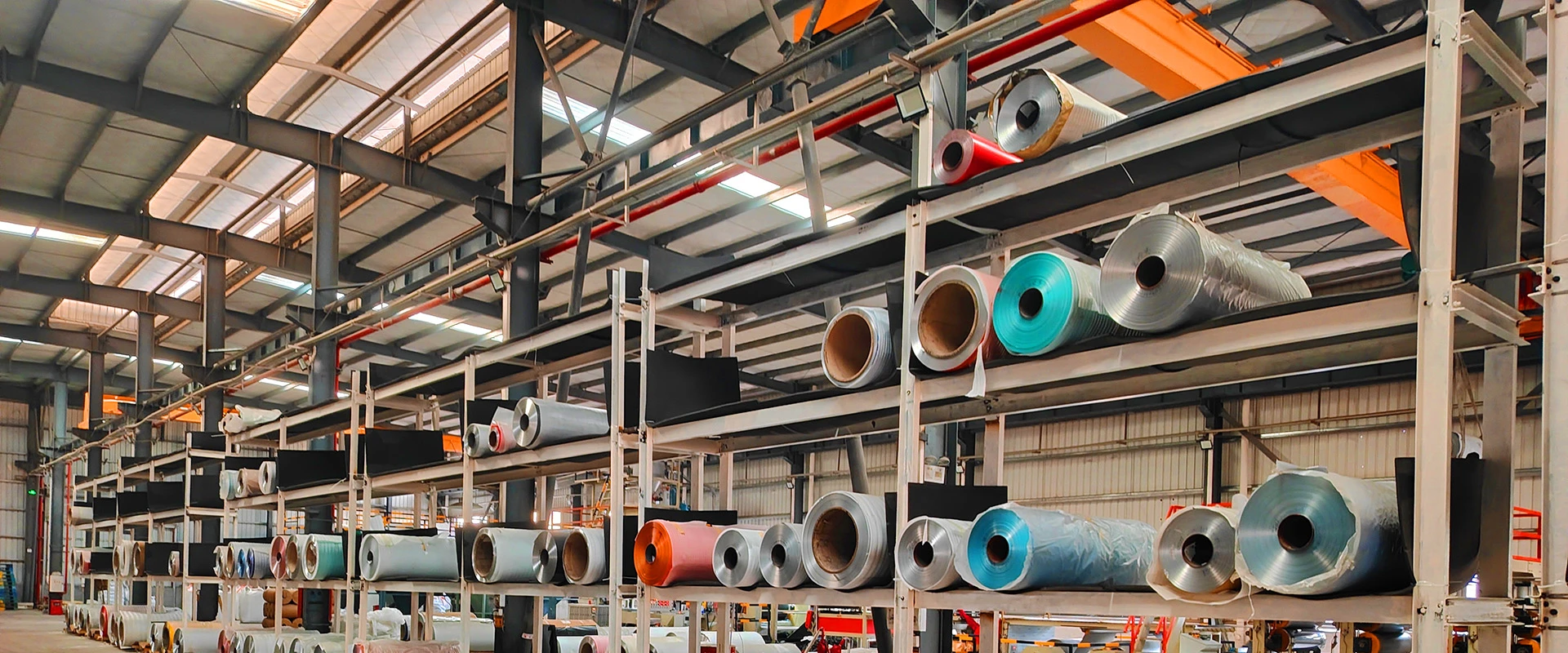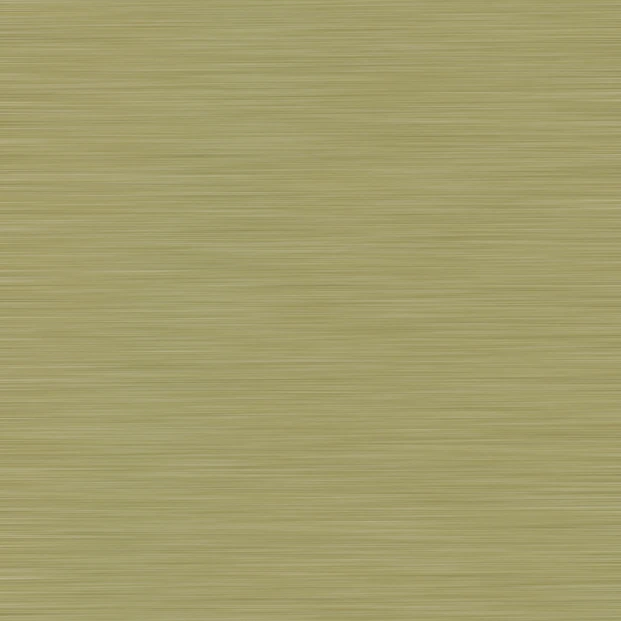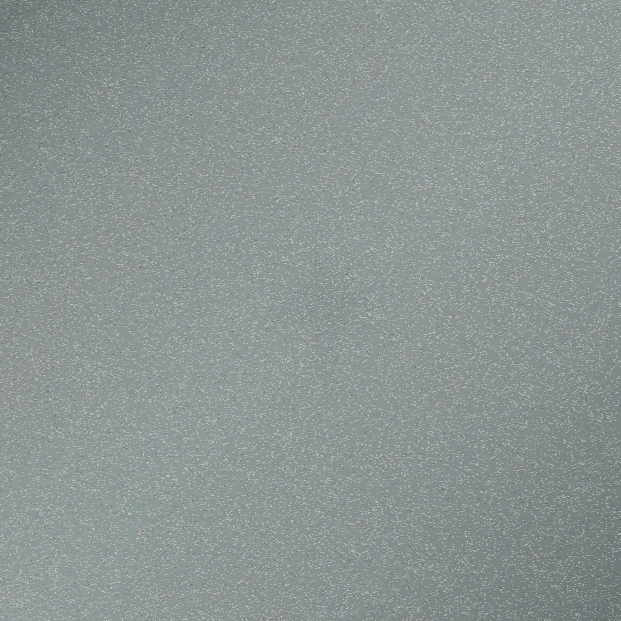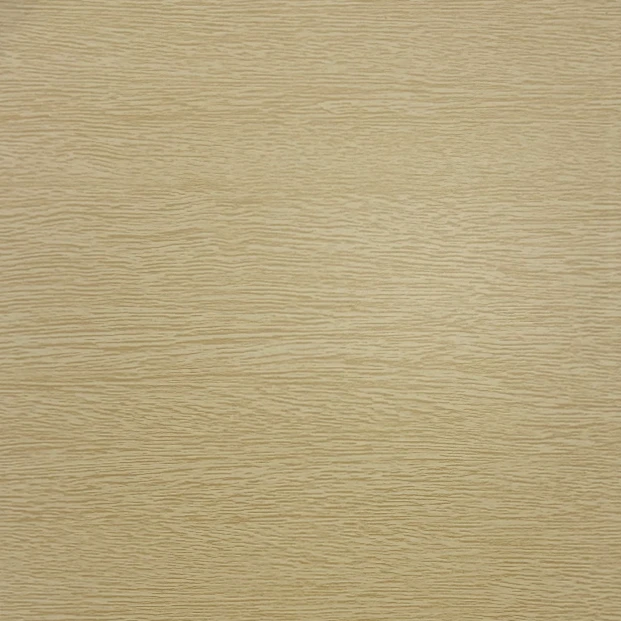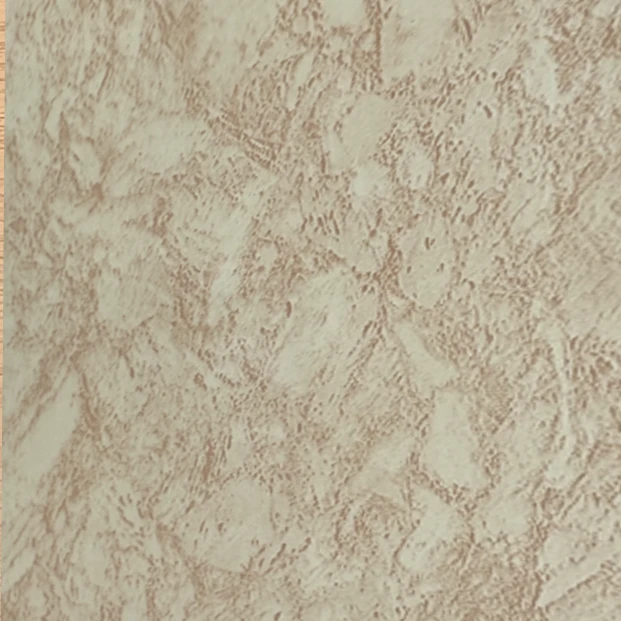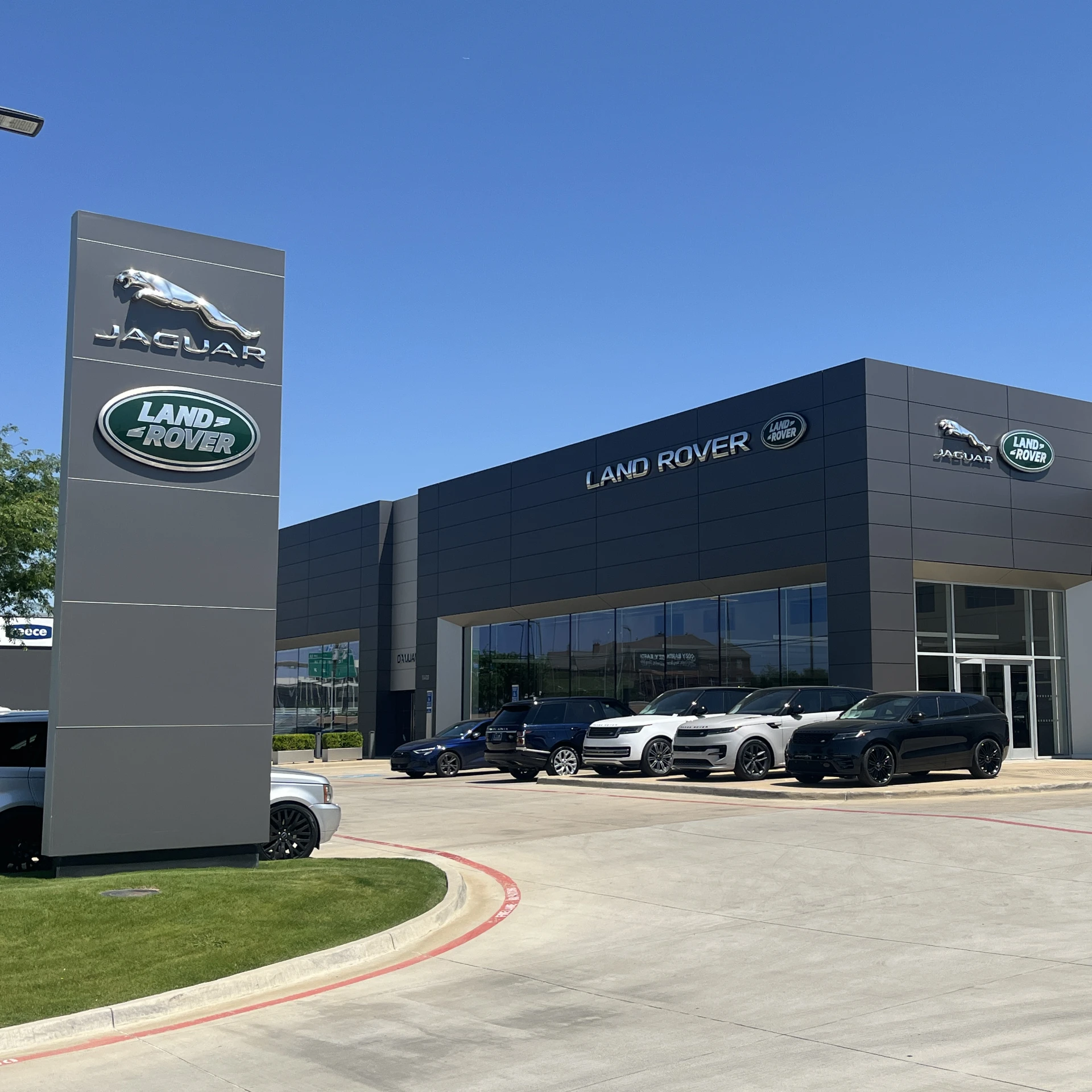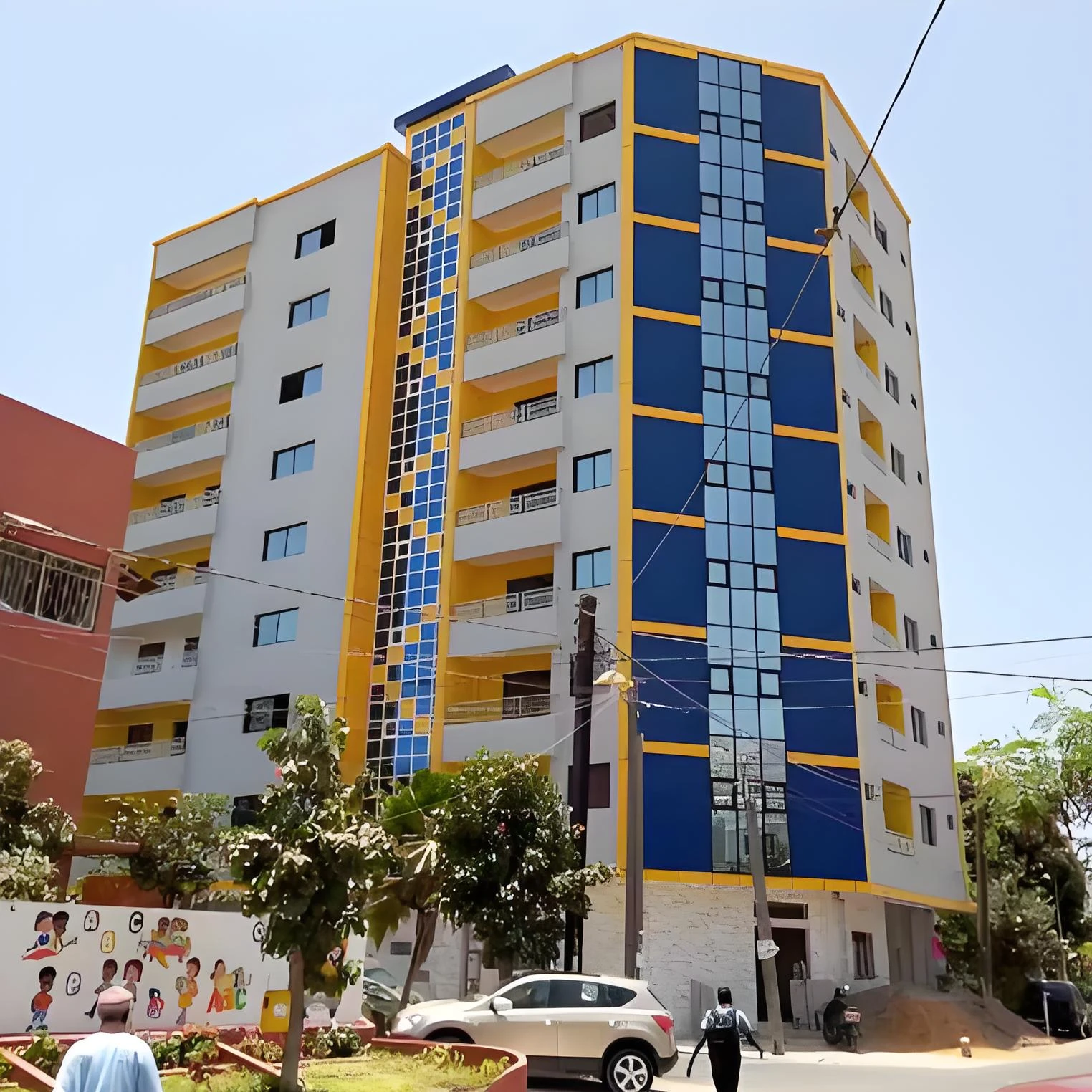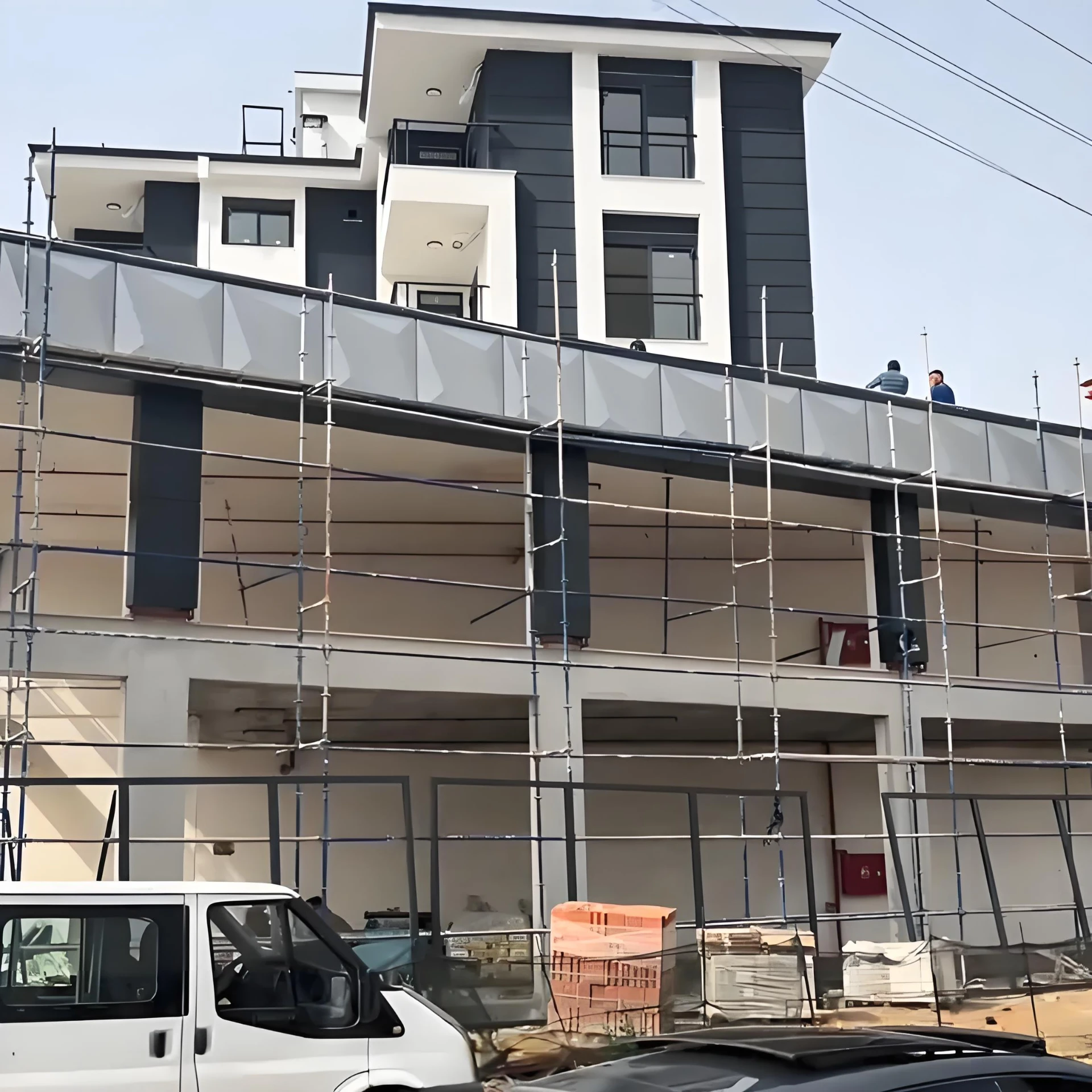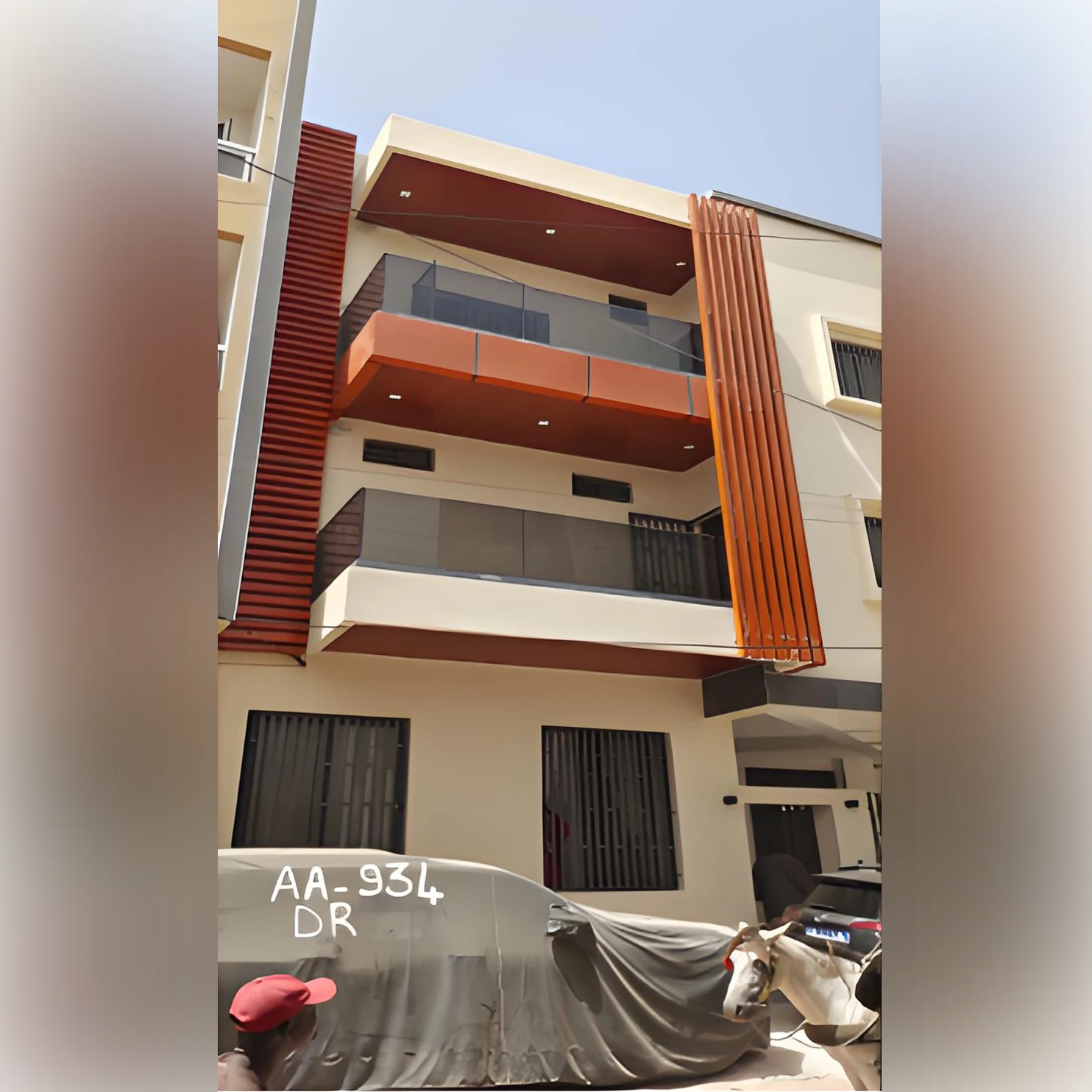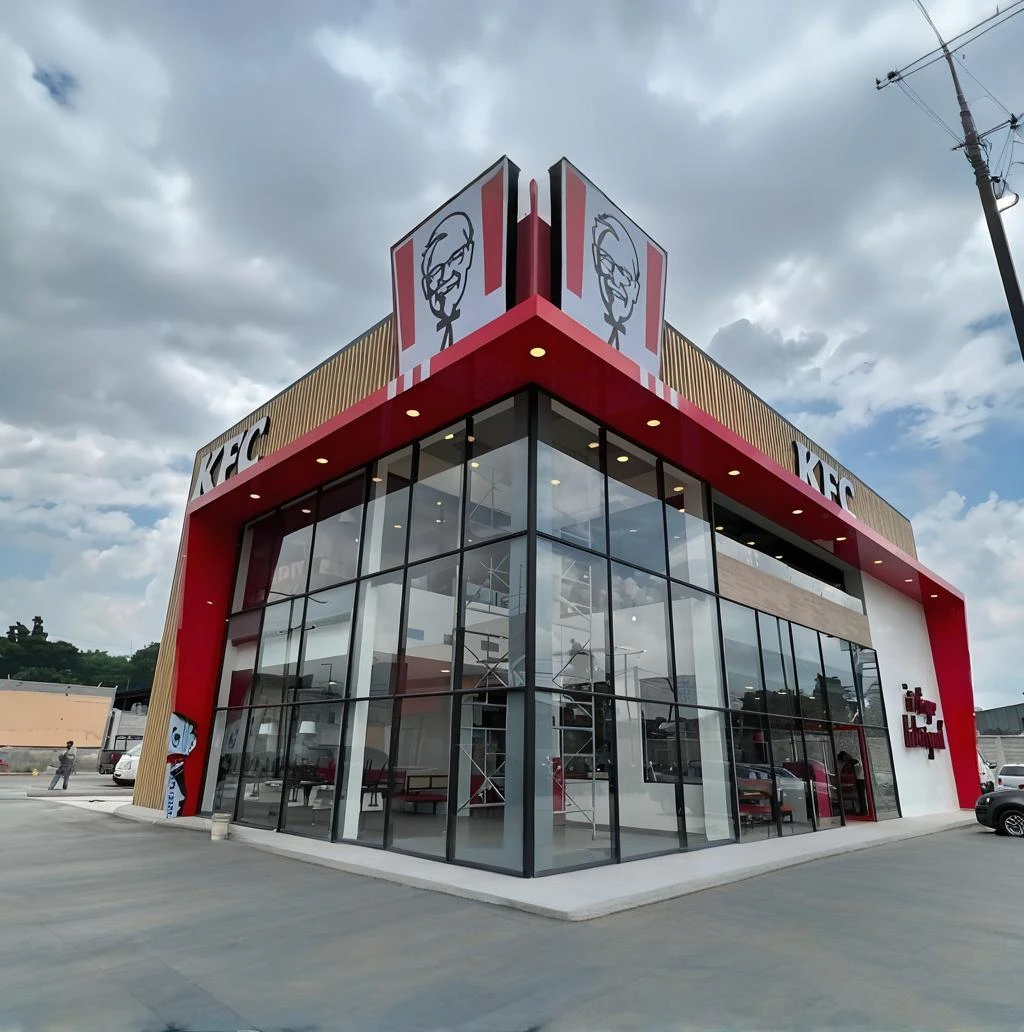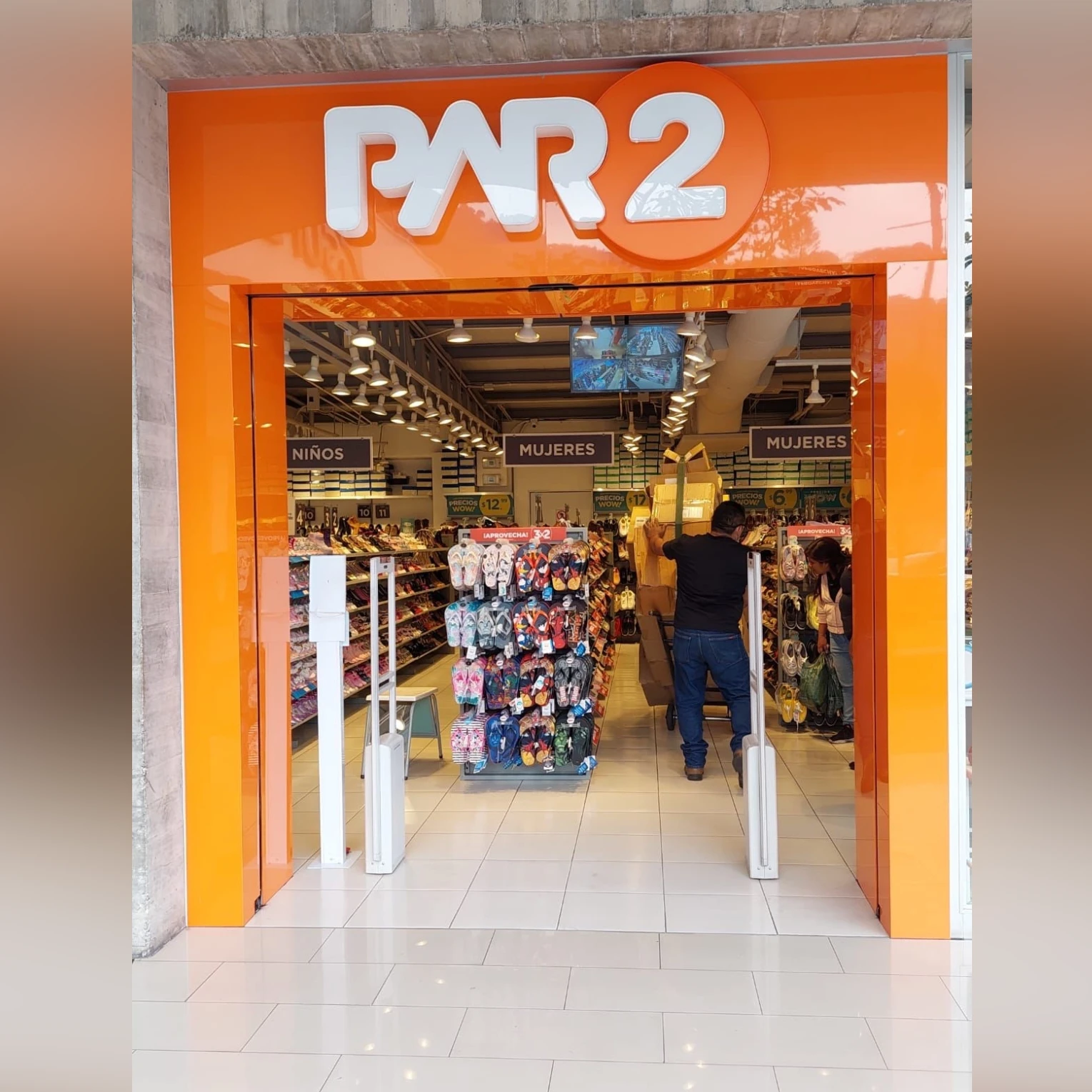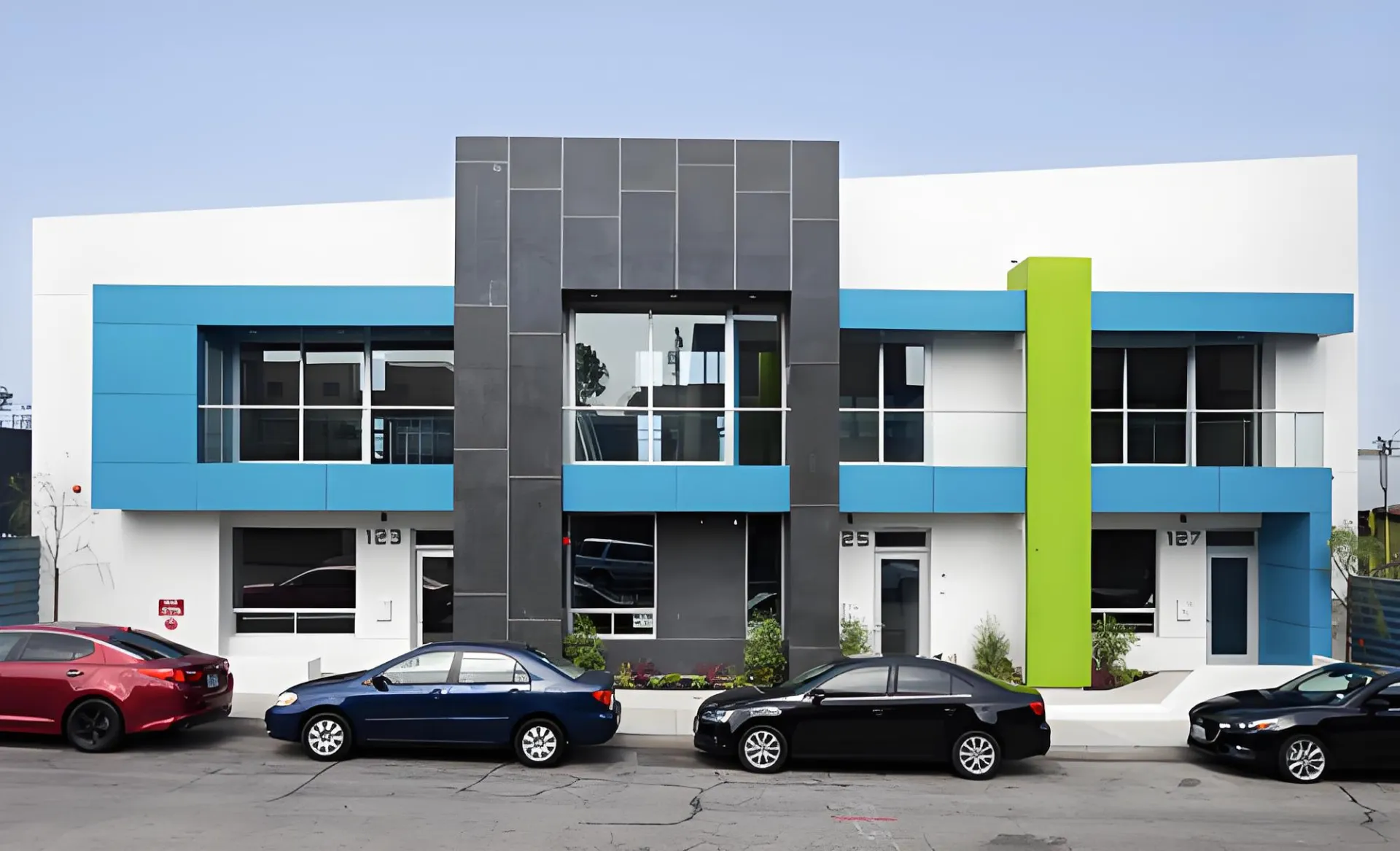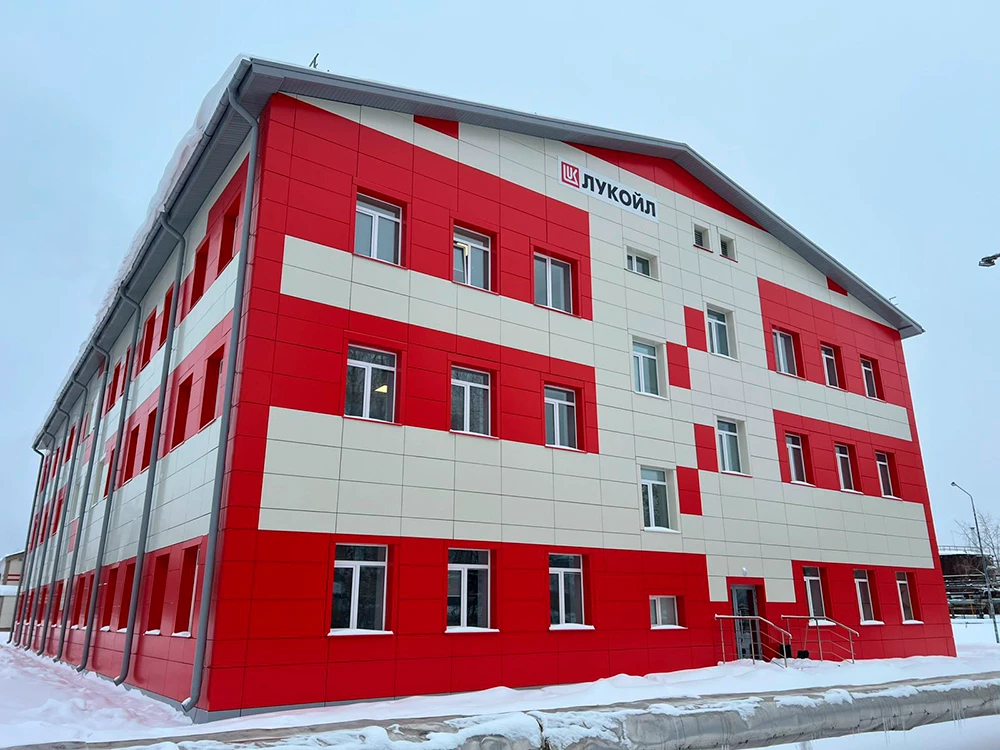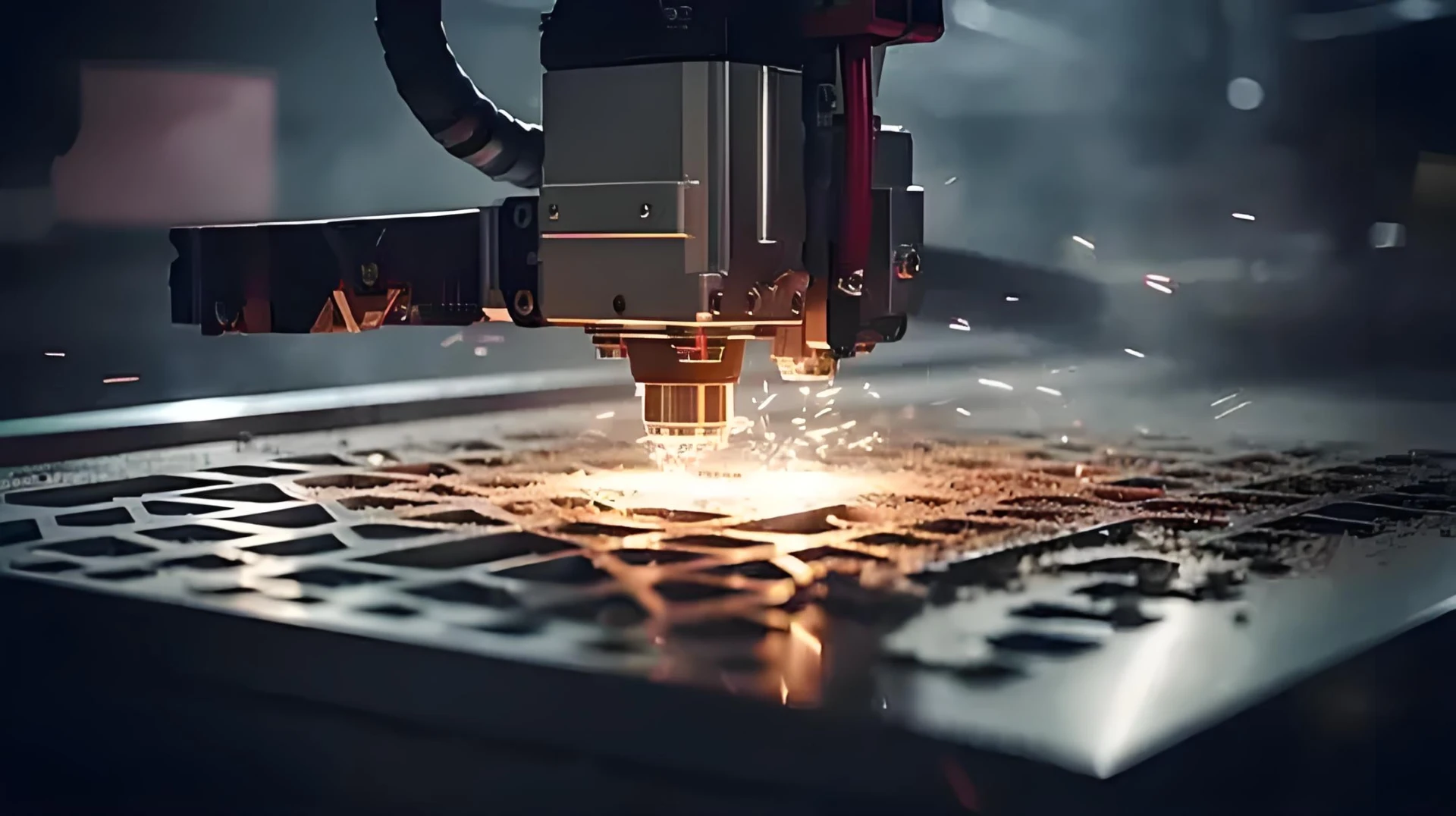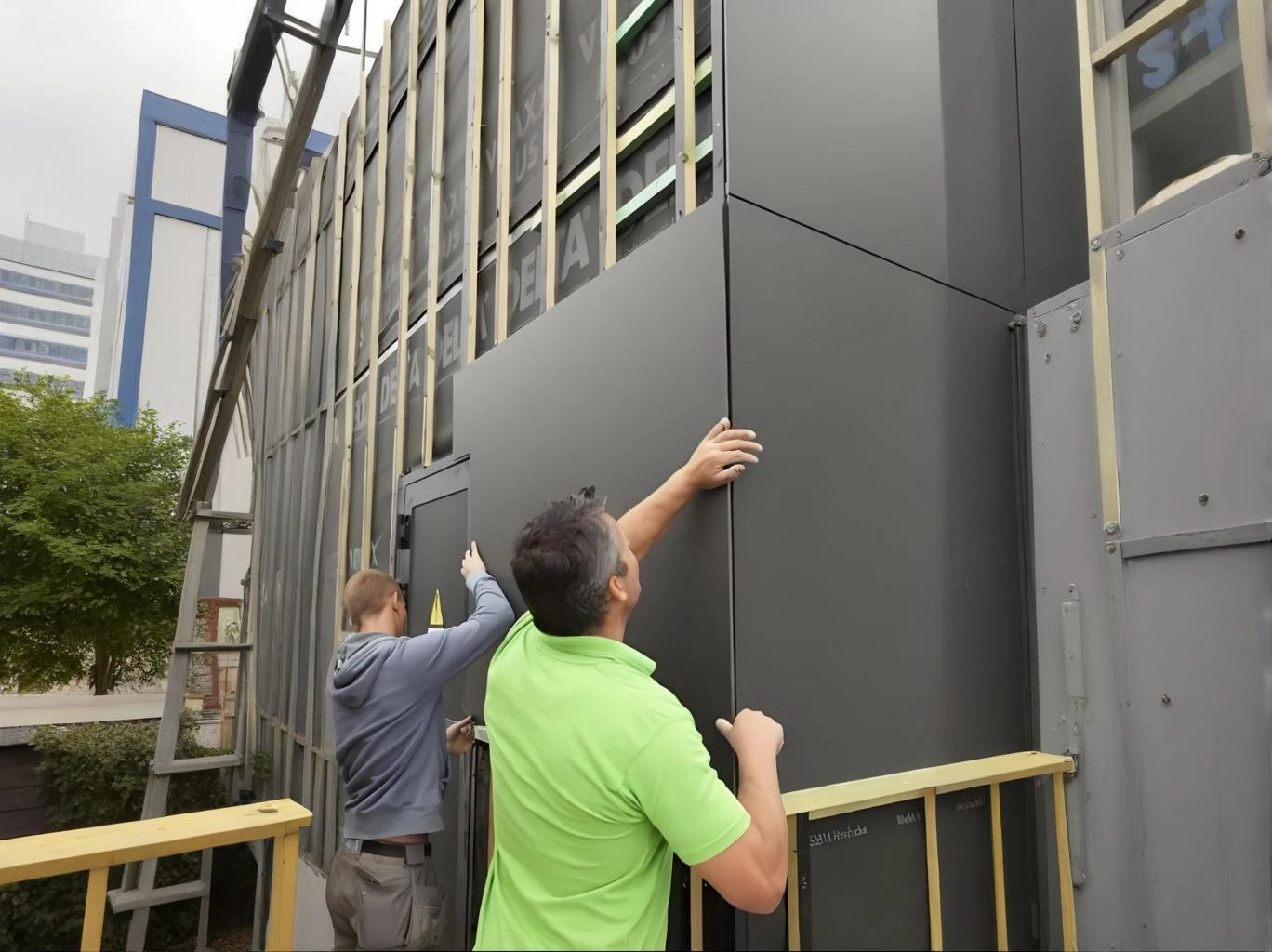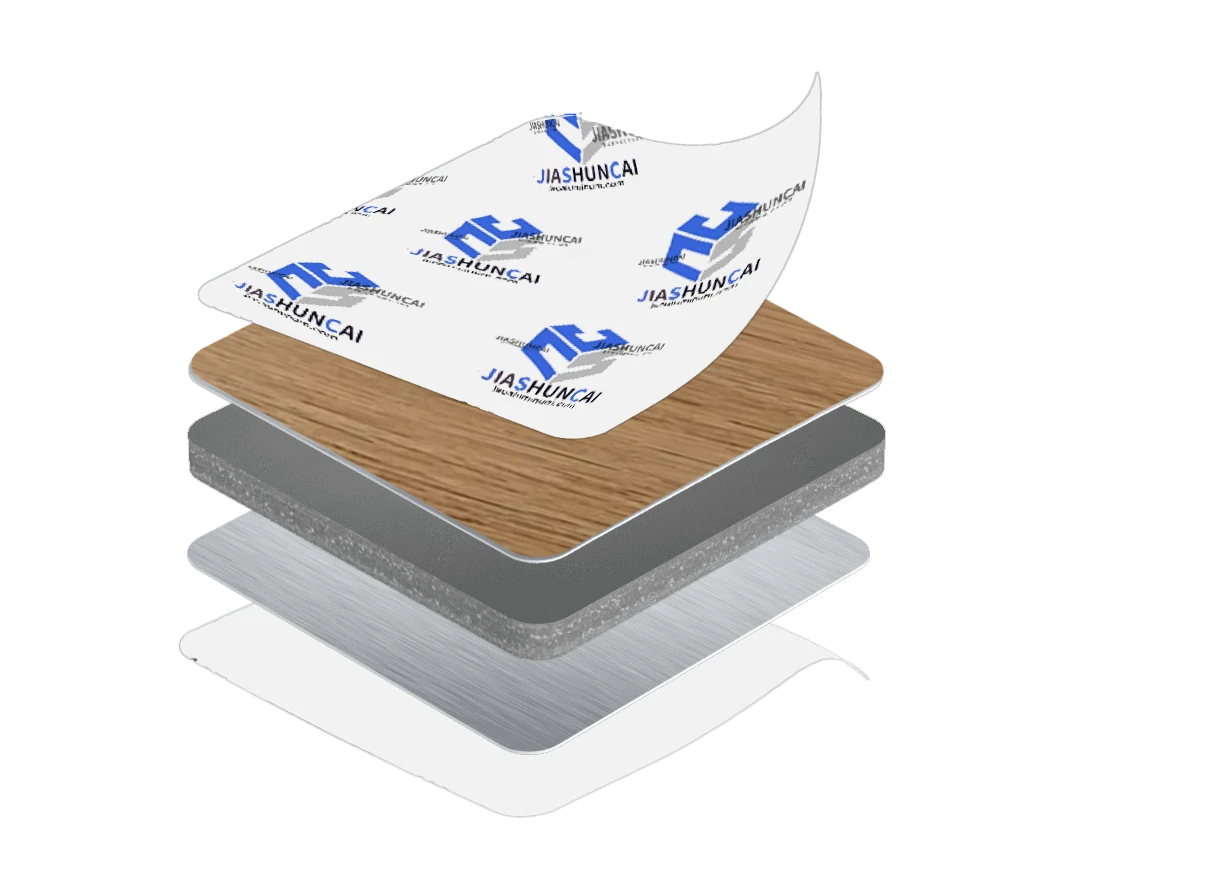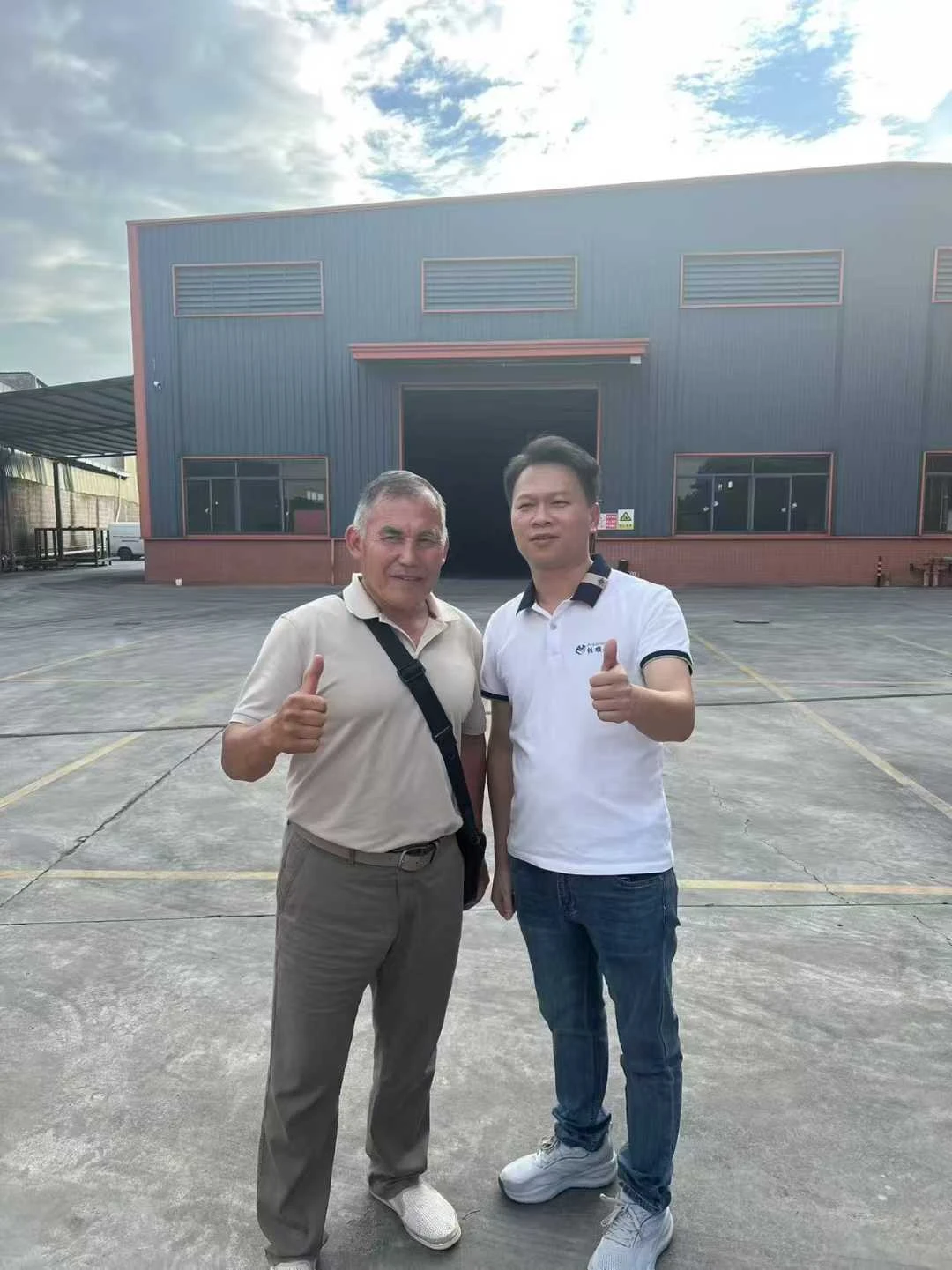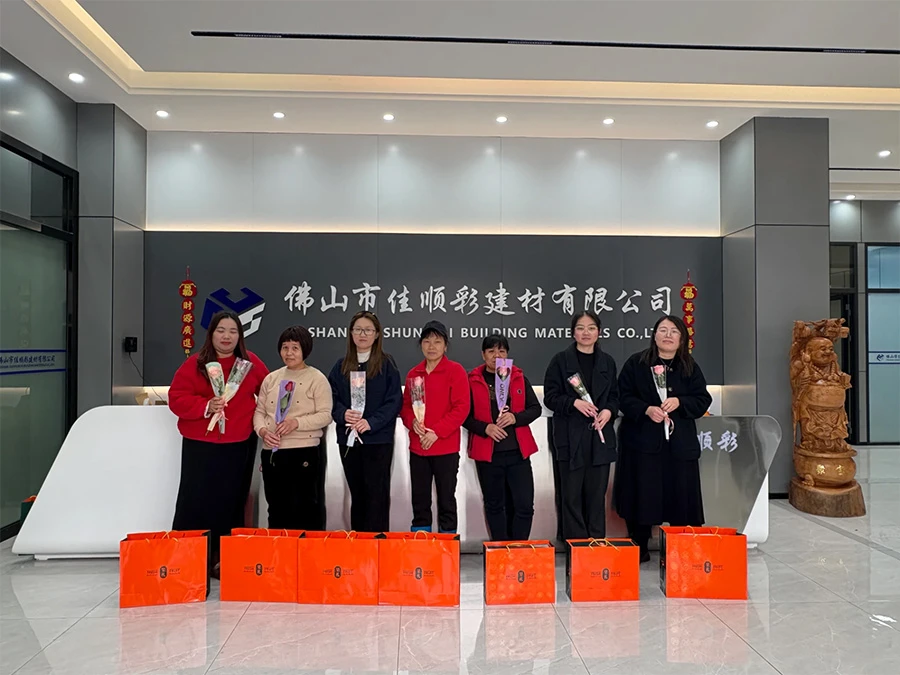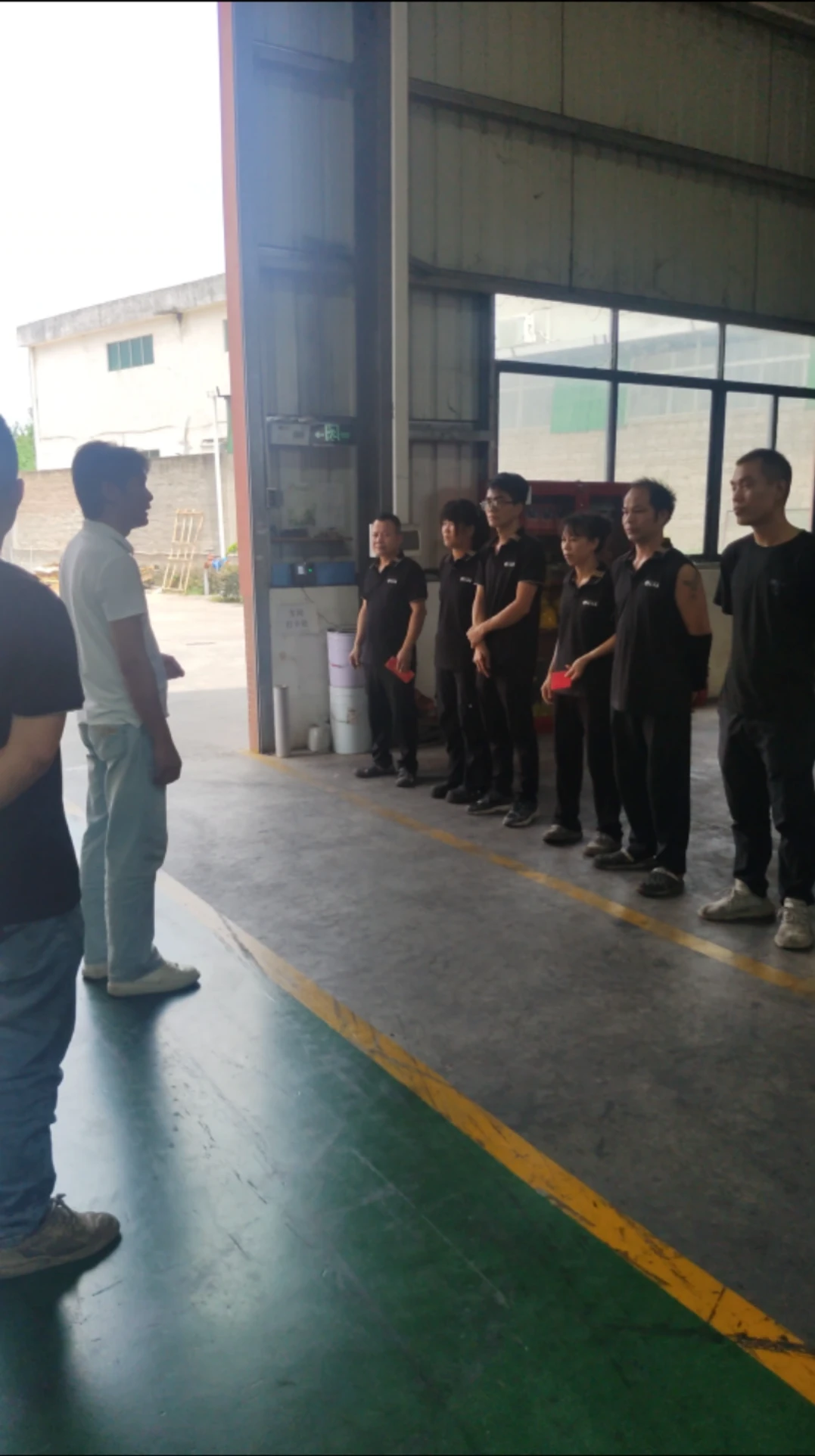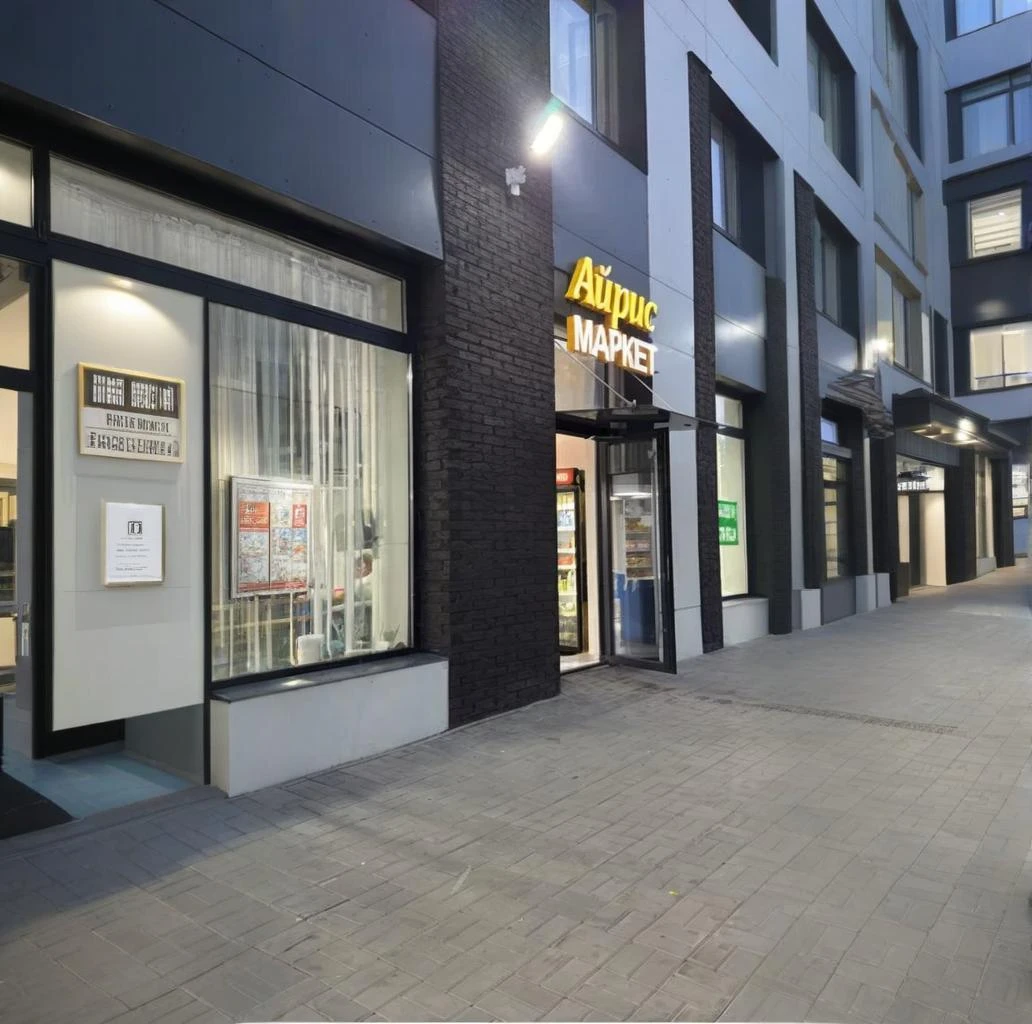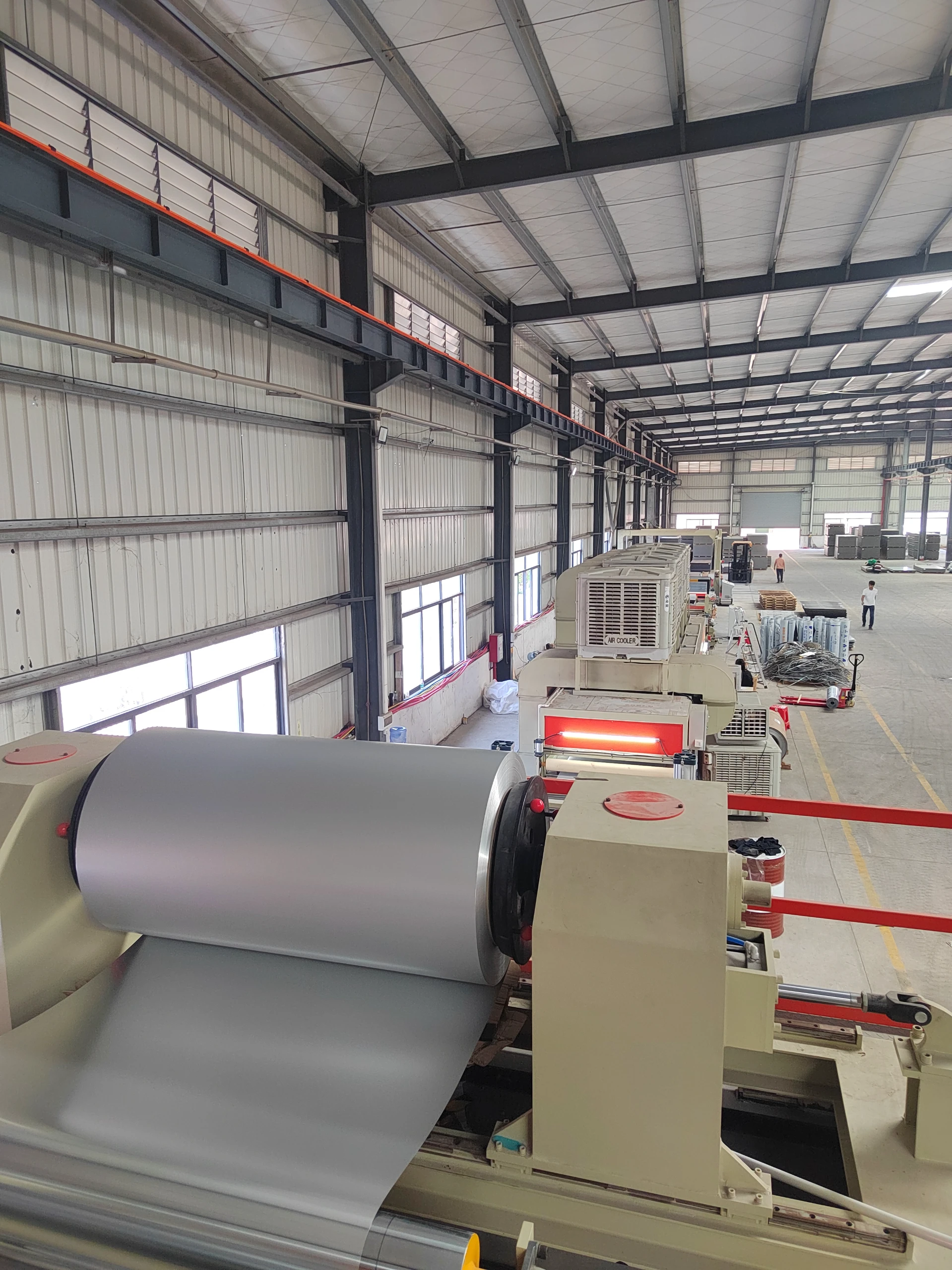In the evolving landscape of modern architecture, the choice of building materials significantly impacts not only a structure's aesthetic appeal but also its performance, sustainability, and longevity. Among the myriad options available, aluminium cladding building solutions have emerged as a dominant force, offering unparalleled versatility, durability, and energy efficiency. This comprehensive guide delves into the intricate world of aluminium cladding, exploring its industry trends, technical parameters, diverse application scenarios, and the compelling advantages it offers. We will provide an in-depth look at the manufacturing process, highlight key considerations for selection, and present real-world applications, enhancing your understanding and confidence in choosing these advanced facade systems.
The global construction industry is increasingly leaning towards sustainable, lightweight, and high-performance materials. Aluminium cladding building fits this paradigm perfectly. Current trends indicate a significant shift towards more complex geometric designs, requiring materials that can be easily formed and customized. Aluminium, with its excellent malleability and strength-to-weight ratio, is ideally suited for such demands. Moreover, the emphasis on green building practices and energy efficiency has boosted the adoption of aluminium systems, especially those incorporating advanced thermal break technologies, which play a crucial role in reducing heating and cooling loads. The rise of smart buildings also sees aluminium cladding integrating with IoT sensors for real-time performance monitoring and maintenance.
Technological advancements in surface treatments, such as advanced PVDF (Polyvinylidene Fluoride) coatings and anodization, have further enhanced the aesthetic possibilities and protective qualities of aluminium facade cladding panels. These treatments provide superior resistance to weathering, UV radiation, and corrosion, ensuring the facade maintains its pristine appearance for decades. Furthermore, the increasing popularity of aluminium mesh cladding signifies a move towards more dynamic, translucent, and permeable facades, offering both aesthetic appeal and functional benefits like solar shading and natural ventilation, contributing to urban heat island effect mitigation.
Technical Parameters and Specifications of Aluminium Cladding
Understanding the technical specifications of aluminium cladding is crucial for successful project execution. These parameters dictate the material's performance, suitability for different environments, and compliance with building codes. Our Curtain Wall systems, a prime example of advanced aluminium cladding building, are engineered to meet stringent international standards.
Key Parameters of Aluminium Cladding Panels
| Parameter |
Typical Range/Description |
Relevance/Benefit |
| Alloy Type |
6063-T5, 6061-T6, 3003, 5052 |
Strength, corrosion resistance, weldability, formability. 6063-T5 is common for architectural extrusions due to excellent surface finish. |
| Panel Thickness |
2.0mm - 4.0mm (Solid Aluminium); 3mm - 6mm (ACM) |
Structural integrity, impact resistance, thermal performance. Varies based on wind load and span. |
| Coating Type |
PVDF (Kynar 500), Anodized, Powder Coating |
Durability, color retention, UV resistance, corrosion protection. PVDF offers superior fade and chalk resistance. |
| Coating Thickness |
PVDF: 25-35 microns (2-3 coats); Anodized: 10-25 microns |
Longevity of aesthetic and protective properties. Meets AAMA 2605 for PVDF. |
| Thermal Conductivity (k-value) |
~160-205 W/m·K (pure aluminium) |
Indicates heat transfer; lower values are better for insulation (often mitigated by thermal breaks). |
| U-value (System) |
0.8 - 2.5 W/(m²·K) (Lower is better) |
Overall thermal transmittance of the complete curtain wall system, critical for energy efficiency. |
| R-value (System) |
2.3 - 7.1 (Higher is better) |
Thermal resistance of the system, inverse of U-value, crucial for insulation performance. |
| Fire Rating |
A2 (Non-combustible core for ACM), A1 (Solid Aluminium) |
Safety compliance, crucial for high-rise buildings (e.g., NFPA 285, EN 13501-1). |
| Wind Load Resistance |
+/- 2.0 kPa to +/- 5.0 kPa (or higher) |
Ability to withstand local wind pressures; designed per ASCE 7 or local building codes. |
| Sound Reduction Index (Rw) |
25 dB - 45 dB (Higher is better) |
Acoustic insulation properties, important for urban environments. |
| Recyclability |
100% Recyclable |
Environmental sustainability, minimal waste. |
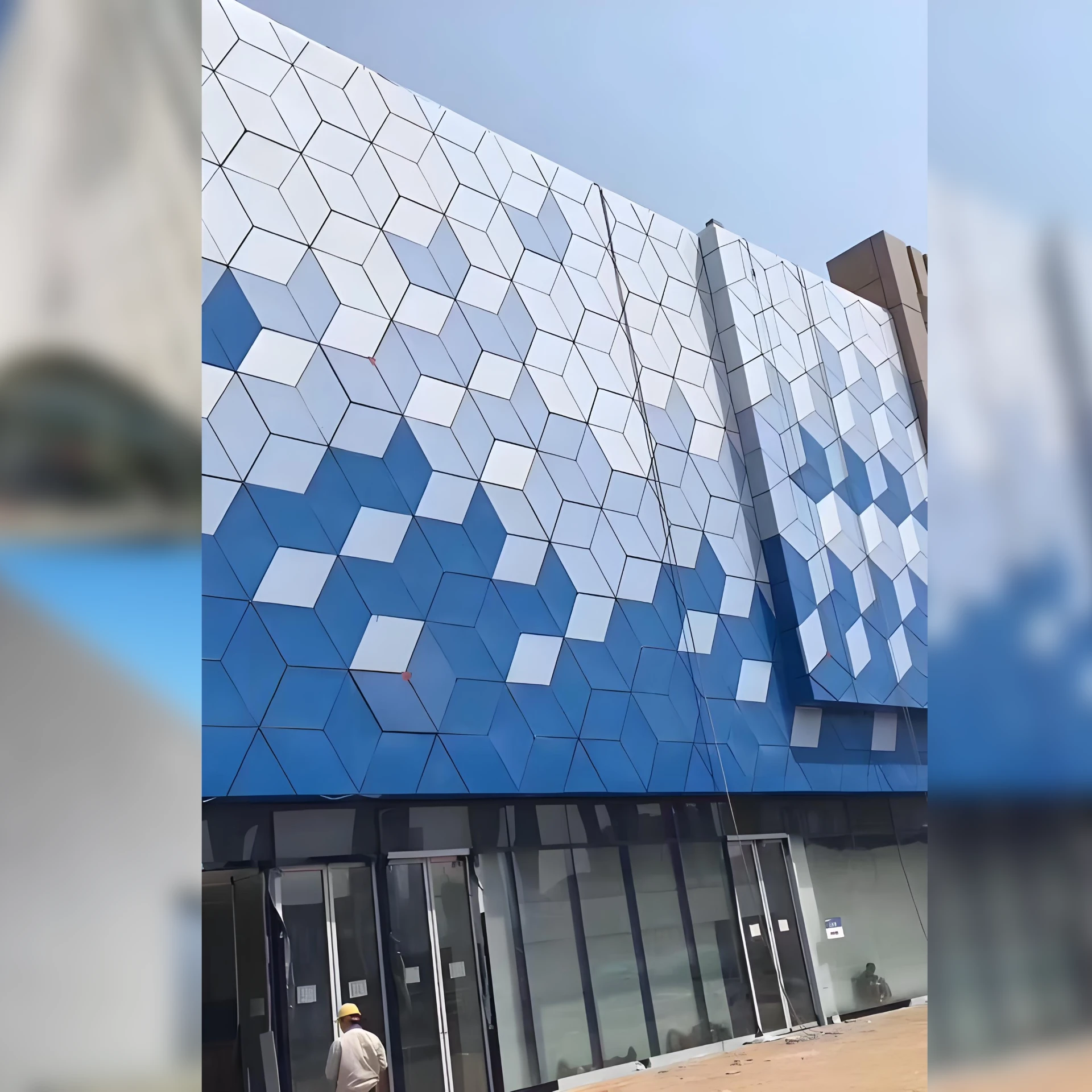
The Meticulous Process of Curtain Wall Aluminium Cladding Building Manufacturing
The manufacturing of high-quality aluminium cladding building components, especially for sophisticated systems like Curtain Wall, is a precision-driven process that combines advanced technology with meticulous craftsmanship. Our commitment to excellence ensures every panel and component meets the highest standards of quality and performance. Below is a detailed breakdown of the typical manufacturing workflow:
💡
1. Design & Engineering
Initial conceptualization based on architectural drawings, followed by detailed engineering, structural analysis (e.g., using Finite Element Analysis - FEA) to ensure wind load, seismic resistance, and thermal performance. CAD/CAM software translates designs into machine-readable formats.
📏
2. Material Procurement & Quality Check
High-grade aluminium alloys (e.g., 6063-T5, 6061-T6) are sourced from certified suppliers. Incoming materials undergo rigorous inspection for chemical composition, mechanical properties (tensile strength, yield strength), and surface quality to meet ISO 9001 standards.
🔪
3. Cutting & Fabrication
Aluminium sheets or extrusions are precisely cut to size using CNC (Computer Numerical Control) laser cutters or saws. This ensures accurate dimensions for the subsequent forming and assembly processes.
⚙️
4. Forming & Machining
Panels are formed using bending machines, press brakes, or roll-forming equipment to achieve desired shapes (flat panels, cassettes, curves). Advanced CNC machining centers are used for drilling, routing, and creating intricate patterns or cutouts for windows, doors, or support structures.
🔥
5. Welding & Assembly (if applicable)
For certain complex components or large assemblies, precision welding (e.g., TIG, MIG) is employed. This is followed by preliminary assembly of frame elements or panel sub-assemblies to ensure perfect fit and alignment before surface treatment.
🎨
6. Surface Treatment
Panels undergo thorough cleaning and pre-treatment to prepare for coating. Options include:
- Anodization: An electrochemical process creating a durable, corrosion-resistant, and aesthetically pleasing oxide layer. Offers excellent hardness and scratch resistance.
- PVDF Coating: Multi-layer liquid coating (primer, color, clear coat) applied and baked, providing superior color retention, UV resistance, and chalking resistance, meeting AAMA 2605 standards.
- Powder Coating: Electrostatically applied dry powder, then cured under heat, offering a robust finish with a wide range of colors and textures.
This stage is critical for the longevity and visual appeal of aluminium facade cladding panels.
🛠️
7. Final Assembly & Glazing (for Curtain Wall)
For Curtain Wall systems, the treated aluminium frames are assembled, and glazing units (insulating glass, spandrel panels) are carefully installed, often with structural silicone for weatherproofing and seismic performance. Thermal breaks are integrated at this stage.
✅
8. Quality Assurance & Packaging
Each finished component undergoes stringent final inspection, including dimensional checks, coating thickness verification, adhesion tests, and visual inspection. Products are then carefully packaged to prevent damage during transit, ensuring they arrive on-site in perfect condition. Compliance with ISO 9001, ASTM, and ANSI standards is rigorously verified throughout this process.
Material & Craftsmanship Excellence
Our Curtain Wall systems primarily utilize high-strength aluminum alloys, renowned for their exceptional strength-to-weight ratio and corrosion resistance. The precise selection of alloys like 6063-T5 or 6061-T6 ensures optimal structural performance and extrudability. Manufacturing processes, including precision CNC machining, ensure every component is crafted to exact specifications, minimizing tolerances and maximizing fit. We adhere strictly to international inspection standards such as ISO 9001 for quality management, ISO 14001 for environmental management, and various ASTM and ANSI standards for material properties and performance.
Extended Lifespan and Industry Versatility
Properly manufactured and installed aluminium cladding building systems have an impressive service life, often exceeding 50 years with minimal maintenance. Their inherent resistance to rust, rot, and pest damage, combined with advanced surface treatments, ensures long-term performance even in harsh environmental conditions. This extended lifespan contributes significantly to the sustainability profile of a building.
Our Curtain Wall systems find applications across a broad spectrum of industries, including:
- Commercial & Residential Buildings: High-rise offices, luxury apartments, and mixed-use developments, where aesthetics, energy efficiency, and low maintenance are paramount.
- Institutional Buildings: Hospitals, universities, and government facilities requiring robust, secure, and durable facade solutions.
- Transportation Hubs: Airports, train stations, offering high durability and fire resistance in high-traffic areas.
- Retail & Hospitality: Shopping malls, hotels, creating visually striking and welcoming environments.
- Specialized Industrial Facilities: While not the primary focus, specific industrial applications like R&D centers or cleanrooms might use sophisticated aluminium panels for architectural integration and environmental control.
Advantages in Typical Application Scenarios: Energy Efficiency & Corrosion Resistance
One of the most compelling advantages of modern aluminium cladding building, particularly Curtain Wall systems, lies in their ability to significantly enhance building performance. They contribute to:
- Exceptional Energy Efficiency: Through the integration of thermal breaks, multi-pane insulating glass units, and advanced air barriers, these systems minimize heat transfer. This leads to substantial reductions in heating and cooling energy consumption, lowering operational costs and contributing to LEED certification goals. The precise engineering of U-values and R-values in our Curtain Wall systems ensures optimal thermal performance, adapting to diverse climatic demands.
- Superior Corrosion Resistance: Aluminium naturally forms a protective oxide layer. When combined with advanced coatings like PVDF or anodization, this resistance is amplified, making the cladding ideal for coastal areas, industrial zones (e.g., petrochemical, metallurgy environments where chemical exposure is a concern), and regions with high pollution levels. This ensures the facade retains its structural integrity and aesthetic appeal without degradation.
- Lightweight Construction: Aluminium's light weight reduces the structural load on the building's foundation, potentially lowering construction costs and allowing for taller, more slender designs.
- Design Flexibility: The formability of aluminium allows for complex curves, bespoke shapes, and intricate patterns, offering architects unparalleled creative freedom. This is particularly evident in bespoke aluminium facade cladding panels and artistic aluminium mesh cladding applications.
- Sustainability: Aluminium is 100% recyclable without loss of properties, making it an environmentally responsible choice. The high recycled content in new aluminium products further reduces the carbon footprint.
Manufacturer Comparison: Key Considerations
Choosing the right manufacturer for your aluminium cladding building project is as critical as selecting the material itself. A reputable manufacturer contributes significantly to the project's success, from design conceptualization to post-installation support. When evaluating potential partners, consider the following:
- Experience and Track Record: Look for manufacturers with a proven history of delivering complex projects and a portfolio of diverse applications, including specific expertise in Curtain Wall systems or large-scale aluminium facade cladding panels.
- Certifications and Compliance: Verify adherence to international quality (ISO 9001), environmental (ISO 14001), and product performance standards (e.g., AAMA, ASTM, ANSI, CE marking). This guarantees product quality and regulatory compliance.
- Manufacturing Capabilities: Assess their technological infrastructure, including CNC machining, advanced coating lines, and assembly facilities. This reflects their ability to produce high-precision, customized components.
- R&D and Innovation: A forward-thinking manufacturer invests in research and development, offering innovative solutions for thermal performance, aesthetics, and structural integrity.
- Customization and Design Support: The ability to provide bespoke solutions, from unique panel shapes to custom colors and finishes, coupled with strong engineering support for design optimization.
- Supply Chain and Logistics: Efficient raw material sourcing and a robust logistics network are crucial for timely delivery and cost-effectiveness.
- Customer Service and Technical Support: Evaluate their responsiveness, technical expertise, and post-sales support, including warranty provisions and maintenance guidelines.
- Sustainability Initiatives: Investigate their commitment to sustainable manufacturing practices, including recycling programs and energy-efficient operations.
Custom Solutions and Design Flexibility
At JSC Aluminum, we pride ourselves on our ability to offer highly customized solutions for aluminium cladding building projects. Understanding that each architectural vision is unique, we work closely with architects, designers, and contractors to translate complex concepts into tangible, high-performance facade systems. Our engineering team leverages advanced simulation tools, such as Computational Fluid Dynamics (CFD) for wind load analysis and thermal modeling, to optimize designs for specific climate zones and structural requirements.
From bespoke panel dimensions and intricate perforations for aluminium mesh cladding to custom color matching and unique surface textures for aluminium facade cladding panels, our manufacturing capabilities are designed for unparalleled flexibility. This includes the integration of various functional elements such as sunshades, integrated lighting, and ventilation systems, ensuring the facade is not only aesthetically striking but also highly functional and responsive to environmental conditions.
Application Cases and Real-World Experience
Our Curtain Wall systems and aluminium cladding building solutions have been successfully deployed in a diverse range of prestigious projects worldwide, demonstrating their versatility and reliability. For instance, a high-rise office tower in a metropolitan area utilized our thermal-break Curtain Wall system, achieving significant reductions in energy consumption, leading to a 30% saving on HVAC costs compared to conventional facades. The project team praised the ease of installation and the system's ability to withstand extreme weather fluctuations.
In another instance, a cultural center incorporated intricate aluminium facade cladding panels with a custom anodized finish, creating a dynamic interplay of light and shadow, and earning architectural accolades. The client specifically highlighted our meticulous attention to detail during the fabrication process and the seamless integration of complex curved elements.
Furthermore, an industrial complex in a corrosive coastal environment chose our PVDF-coated aluminium cladding building for its superior corrosion resistance and longevity. After five years, the facade shows no signs of degradation, a testament to the material's durability and the quality of our surface treatments. These case studies underscore our practical experience and the proven performance of our products in demanding real-world applications.
Authoritativeness & Trustworthiness: Our Commitment
Our position as a leading provider of aluminium cladding building solutions is built on a foundation of expertise, transparent processes, and unwavering commitment to quality. We are proud to hold numerous industry certifications that validate our adherence to the highest international standards:
- ISO 9001:2015 Certified: Demonstrating our robust Quality Management System across all operations, from design to delivery.
- ISO 14001:2015 Certified: Affirming our commitment to environmental responsibility and sustainable manufacturing practices.
- CE Marking: Ensuring compliance with European health, safety, and environmental protection standards for our products.
- AAMA Standards: Our coatings, particularly PVDF, meet the stringent performance requirements of AAMA 2605 for superior durability and finish longevity.
- ASTM & ANSI Compliance: Our products and testing methodologies adhere to relevant American Society for Testing and Materials and American National Standards Institute specifications for material properties and performance.
We have cultivated long-standing partnerships with renowned architectural firms, general contractors, and engineering consultants globally, participating in landmark projects that showcase innovation and technical prowess. Our extensive service history, spanning decades in the aluminum fabrication industry, speaks to our stability and deep understanding of market needs. We believe in transparent communication and providing all necessary documentation to support the claims of our product performance.
Reliable Delivery and Comprehensive Support
Delivery Cycle: We understand the critical nature of project timelines. Our optimized production planning and efficient logistics network ensure a predictable and reliable delivery cycle. For standard Curtain Wall systems, the typical lead time from confirmed order to factory shipment ranges from 4 to 8 weeks, depending on project complexity and volume. Custom solutions may require additional time for design and prototyping. Detailed production schedules and regular updates are provided to clients.
Quality Assurance & Warranty: Every component of our aluminium cladding building systems undergoes rigorous multi-stage quality control. We offer a comprehensive warranty on our products, typically 10 to 20 years for PVDF coatings against chipping, peeling, or excessive chalking/fading, and a structural warranty for the frame components. Specific warranty details are provided with each project proposal, offering peace of mind.
Customer Support: Our dedicated customer support team and technical specialists are available to assist clients through every phase of their project – from initial design consultation and material selection to installation guidance and post-completion support. We provide detailed installation manuals, CAD drawings, and offer on-site technical assistance when required, ensuring optimal performance and longevity of our products.
What is a thermal break in aluminium cladding systems?+
A thermal break is a material of low thermal conductivity placed in an assembly to reduce or prevent the flow of thermal energy (heat) between conductive materials. In aluminium cladding building and Curtain Wall systems, it typically refers to a non-metallic material (like polyamide) inserted between the inner and outer aluminum profiles. This dramatically improves the system's U-value (reducing heat loss/gain) and prevents condensation on interior surfaces, enhancing energy efficiency and occupant comfort.
What is the difference between solid aluminium panels and Aluminium Composite Material (ACM)?+
Solid Aluminium Panels are sheets of pure or alloyed aluminium, typically 2-4mm thick. They are highly durable, fire-resistant (A1 class), and 100% recyclable. Aluminium Composite Material (ACM) consists of two thin aluminium sheets bonded to a non-aluminium core (e.g., polyethylene, mineral-filled core). ACM is lighter, often more cost-effective for large flat areas, and available with varying fire ratings (A2, B1). Both are used for aluminium facade cladding panels, but solid aluminium is preferred for complex shapes and areas requiring maximum fire resistance.
How is wind load resistance calculated and ensured for aluminium cladding?+
Wind load resistance for aluminium cladding building is calculated based on factors like building height, location (wind speed zone), terrain, and building geometry, typically following standards like ASCE 7 in the US or Eurocodes. Manufacturers use structural analysis, including Finite Element Analysis (FEA), to design the cladding system (panel thickness, frame sections, anchorage) to safely withstand calculated positive and negative wind pressures. Physical testing of mock-ups (e.g., per ASTM E330) is often performed to validate design calculations and ensure performance.
What are PVDF coatings and why are they preferred for exterior aluminium cladding?+
PVDF (Polyvinylidene Fluoride) coatings, particularly those based on Kynar 500 or Hylar 5000 resins, are multi-layer liquid coatings applied and baked onto aluminium surfaces. They are highly preferred for exterior aluminium facade cladding panels due to their exceptional resistance to UV radiation, harsh weather, chemical corrosion, and pollution. This results in superior color retention, gloss stability, and chalking resistance over extended periods (often 20+ years), minimizing maintenance and preserving the building's aesthetic.
What maintenance is required for aluminium cladding systems?+
One of the key advantages of aluminium cladding building is its low maintenance. Generally, regular cleaning (typically once or twice a year) with mild soap and water is sufficient to remove dirt and pollutants and maintain its aesthetic appeal. Inspecting sealants for integrity and checking for any minor damage after extreme weather events is also recommended. Unlike some other materials, aluminium cladding does not require repainting, sealing, or treating to prevent rot or pests.
Can aluminium mesh cladding provide solar shading?+
Yes, aluminium mesh cladding is an excellent solution for passive solar shading. The varying patterns, opening sizes, and depths of the mesh can be engineered to control the amount of direct sunlight entering a building, reducing solar heat gain and mitigating glare. This contributes to lower cooling loads and improved indoor comfort. Beyond shading, mesh cladding can also enhance natural ventilation and provide a degree of visual privacy while maintaining transparency.
Is aluminium cladding sustainable and recyclable?+
Absolutely. Aluminium is one of the most sustainable building materials available. It is 100% recyclable without any degradation of its properties, meaning it can be re-melted and reused endlessly. The recycling process for aluminium requires only about 5% of the energy needed to produce primary aluminium, significantly reducing its carbon footprint. This makes aluminium cladding building an environmentally responsible choice, contributing to green building certifications like LEED and BREEAM.
Product Name: Curtain Wall | Explore more: https://www.jscaluminum.com/product-application.html
Conclusion: Shaping the Future with Aluminium Cladding
The journey through the world of aluminium cladding building underscores its indispensable role in contemporary architecture. From its intrinsic material advantages like lightweight nature, durability, and infinite recyclability, to advanced manufacturing processes and sophisticated surface treatments, aluminium cladding offers a holistic solution for high-performance and aesthetically appealing facades. Its adaptability to diverse applications, from iconic skyscrapers clad in intricate aluminium facade cladding panels to dynamic structures featuring innovative aluminium mesh cladding, solidifies its position as the material of choice for sustainable and future-proof construction. As the industry continues to push boundaries in design and environmental responsibility, aluminium cladding stands ready to meet these challenges, delivering unparalleled value and performance.
References & Further Reading:

